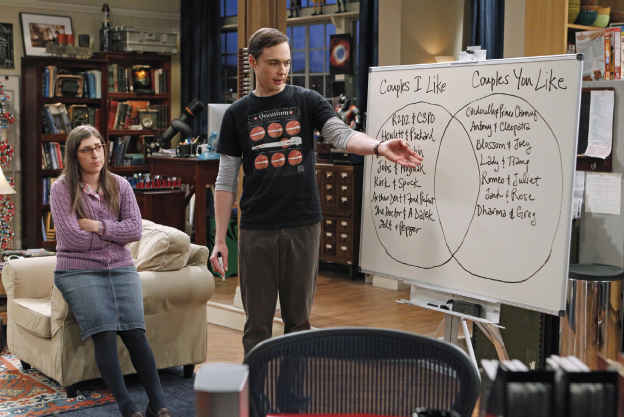Production
The key to the TV industry’s success is offering programs that viewers will habitually watch each week—whether at scheduled times or via catch-up viewing. The networks, producers, and film studios spend fortunes creating programs that they hope will keep us coming back.
Production costs generally fall into two categories: below-the-line and above-the-line. Below-the-line costs, which account for roughly 40 percent of a new program’s production budget, include the technical, or “hardware,” side of production: equipment, special effects, cameras and crews, sets and designers, carpenters, electricians, art directors, wardrobe, lighting, and transportation. Above-the-line, or “software,” costs include the creative talent: actors, writers, producers, editors, and directors. These costs account for about 60 percent of a program’s budget, except in the case of successful long-running series (like Friends or CSI), in which salary demands by actors can drive up above-the-line costs to more than 90 percent.

Most prime-time programs today are developed by independent production companies that are owned or backed by a major film studio such as Sony or Disney. In addition to providing and renting production facilities, these film studios serve as a bank, offering enough capital to carry producers through one or more seasons. In television, programs are funded through deficit financing. This means that the production company leases the show to a network or cable channel for a license fee that is actually lower than the cost of production. (The company hopes to recoup this loss later in lucrative rerun syndication.) Typically, a network leases an episode of a one-hour drama for about $1.5 million for two airings. Each episode, however, might cost the program’s producers about $2.5 million to make, meaning they lose about $1 million per episode. After two years of production (usually forty-four episodes), an average network show builds up a large deficit.
Because of smaller audiences and fewer episodes per season, costs for original programs on cable channels are lower than those for network broadcasts.22 On average, in 2012–13 cable channels pay about $1 million per episode in licensing fees to production companies. Some cable shows, like AMC’s Breaking Bad, cost about $3 million per episode; but since cable seasons are shorter (usually eight to twelve episodes per season, compared to twenty-two or so for broadcast networks), cable channels build up smaller deficits. And unlike networks, cable channels have two revenue streams to pay for original programs—monthly subscription fees and advertising. (However, because network audiences are usually much larger, ad revenue is higher for networks.) Cable channels also keep costs down by airing three to four new programs a year at most, compared to the ten to twenty that the broadcast networks air.
Still, both networks and cable channels build up deficits. This is where film studios like Disney, Sony, and Twentieth Century Fox have been playing a crucial role: They finance the deficit and hope to profit on lucrative deals when the show—like CSI, Friends, Bones, or The Office—goes into domestic and international syndication.
To save money and control content, many networks and cable stations create programs that are less expensive than sitcoms and dramas. These include TV newsmagazines and reality programs. For example, NBC’s Dateline requires only about half the outlay (between $700,000 and $900,000 per episode) demanded by a new hour-long drama. In addition, by producing projects in-house, networks and cable channels avoid paying license fees to independent producers and movie studio production companies.